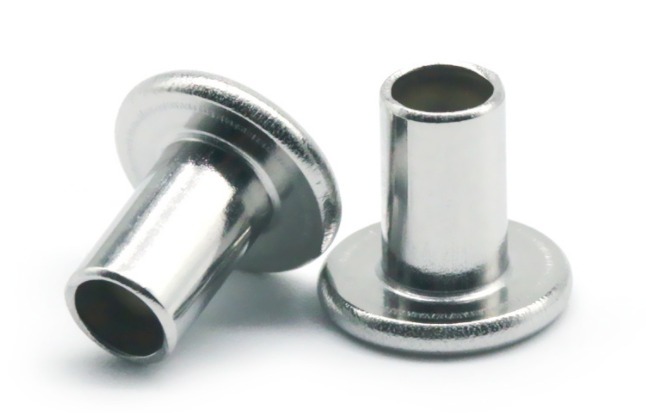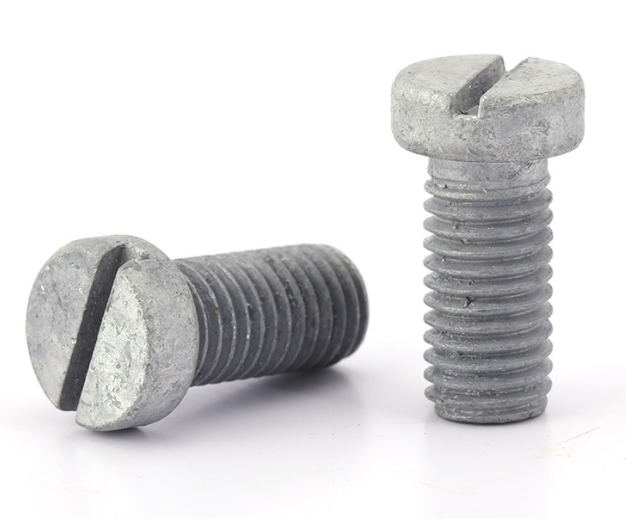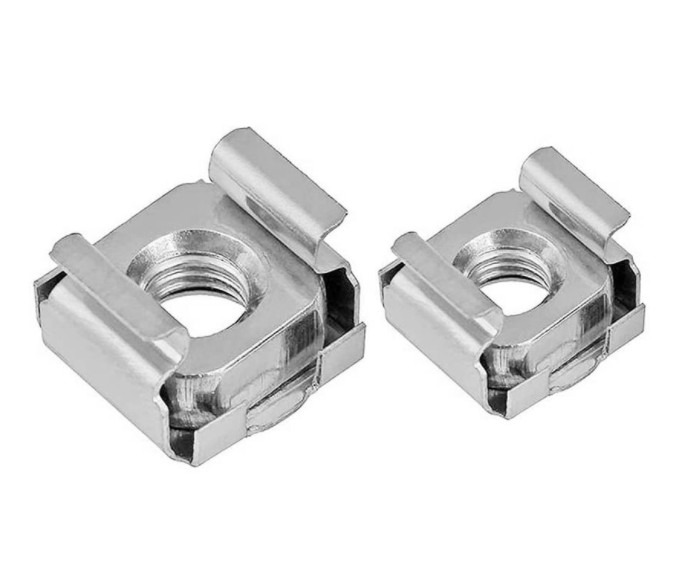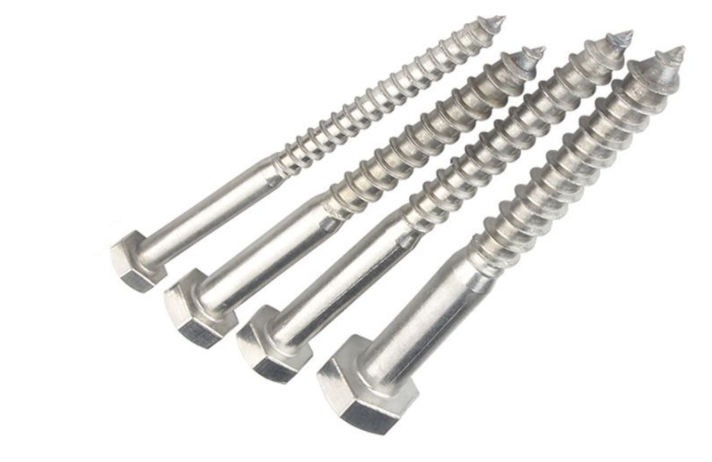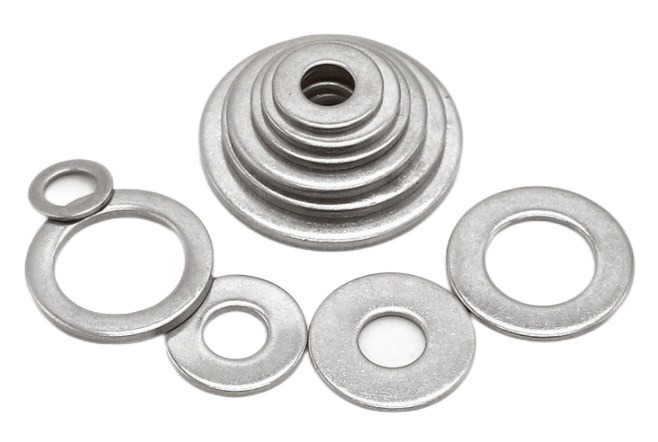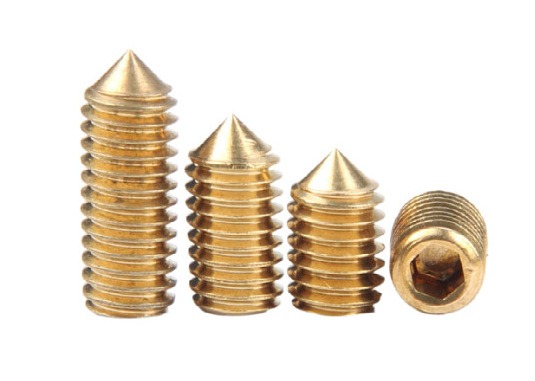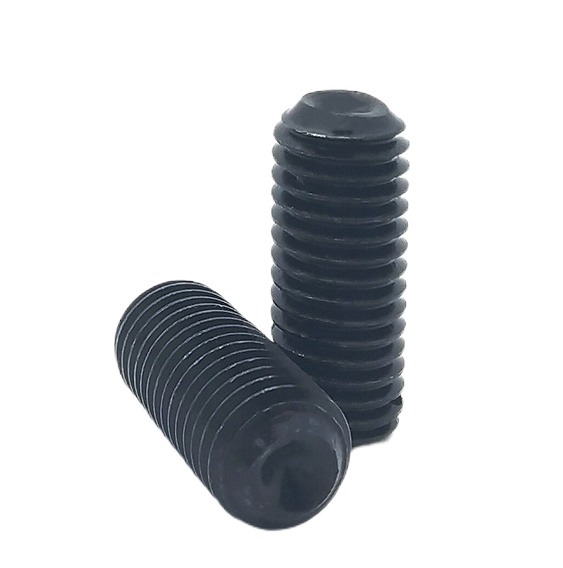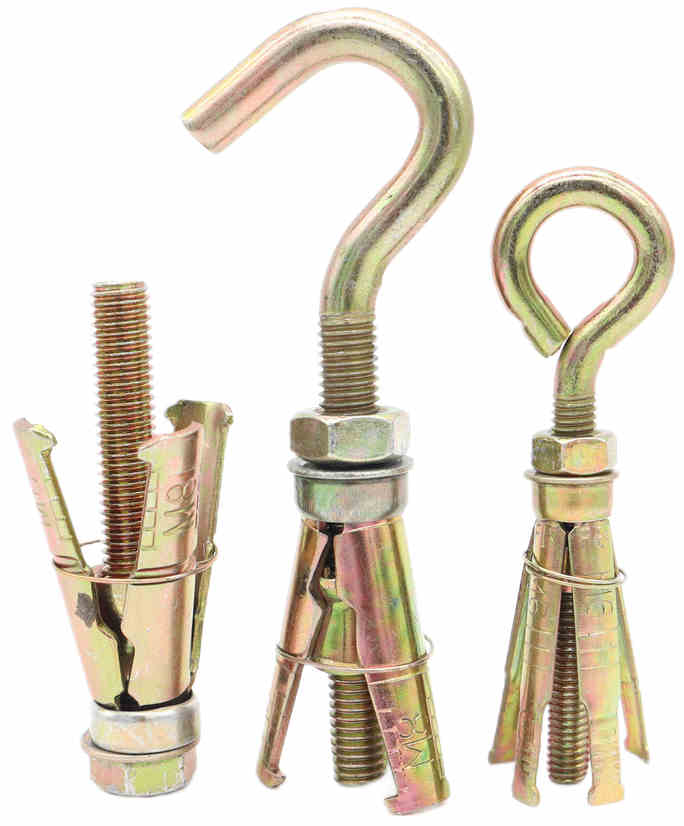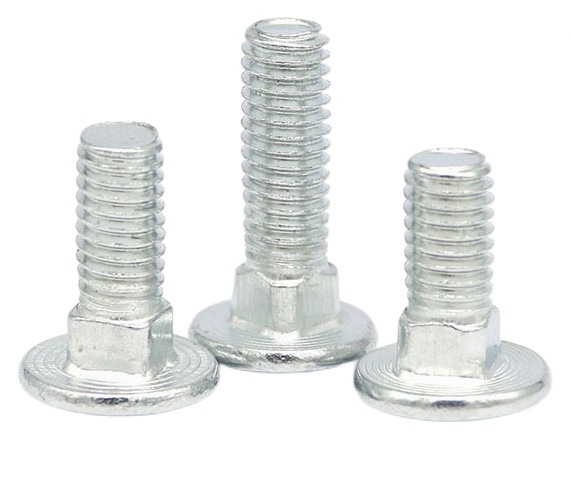How to Improve The Accuracy of Cold Heading Process For Fastener Manufacturing?
Cold heading is a forging method of upsetting metal bar using the mold at room temperature, which is a commonly used fastener manufacturing process. It is usually adopted to make the heads of screws, bolts, rivets, etc. This process can be used to reduce or replace cutting. Forging materials can be copper, aluminum, carbon steel, alloy steel, stainless steel and titanium alloy. Cold heading process is mostly carried out on the special cold heading machine, which is convenient to realize continuous, multi -station, and automated production.
Characteristics of Cold Heading Process
1. According to the theory of metal plastic deformation, a certain pressure is applied to the metal blank at room temperature, so that plastic deformation will be caused, forming in the mold cavity according to the specified shape and size.
2.Metal materials with high -quality plasticity must be selected, and their chemical composition and mechanical properties have strict standards.
3. Cold heading machinery for the manufacturing of bolts and nuts have multiple models and series, which has reliable performance, high efficiency, and stable quality.
4.The forging force of workpieces is large and the power equipment is expensive.
5.The workpieces have good surface quality and high size accuracy. Because there is a cold hardening in the forging process and the deformation should not be too large.
6.The application scopes of the cold heading process are the large -scale and various specifications of workpieces.
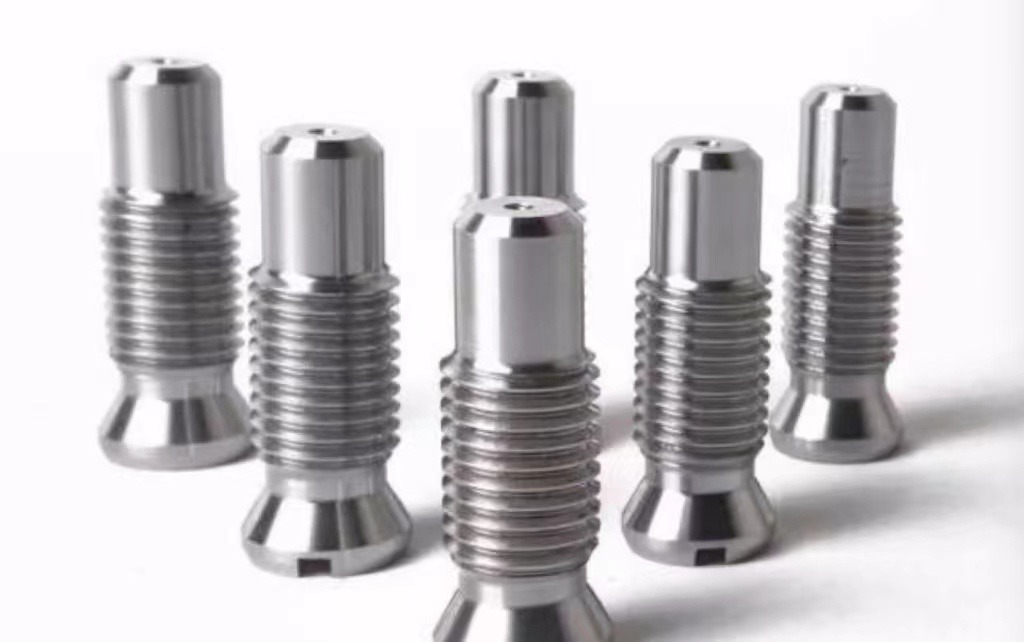
Factors of Influencing Cold Heading Accuracy
1.Raw material chemical composition
Pure metal plasticity is better than alloy. Impurity elements usually cause brittleness to reduce plasticity, and various alloys have different effects on plasticity.
2.Metallographic structure of raw materials
Differences in the nature, shape, size, quantity and distribution of multiphase tissues have different degrees of impact on plasticity. Defects such as grains, mixed, bubbles, and loosening can reduce metal plasticity.
3. Process deformation temperature
The plasticity increases with the increase of temperature, but this increase is not a simple linear increase.
4. Metal strain rate
The increase of strain rate not only reduces the plasticity of metal, but also increases the plasticity of metal. The comprehensive effects of these two aspects finally determined the changes in metal plasticity.
5.Deformation mechanics conditions
Compression strain is conducive to the metal plasticity, while stretching strain is not good for plasticity.
6. Other issues
In the case of discontinuous deformation, the metal plasticity can also be improved. Especially for low plastic metal, it is more obvious during hot deformation.
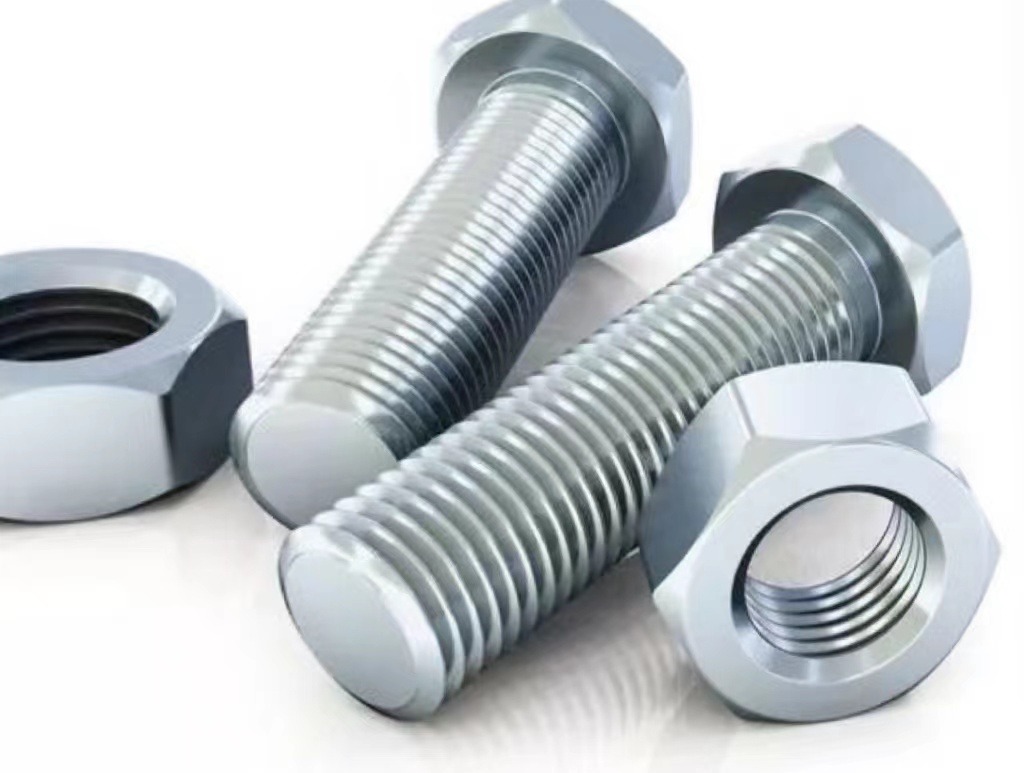
How to Select High-performance Cold Heading Machine
1.The connection between crankshaft and the machine body, the impact rod, all adopts high wear-resistant alloy copper tile which has large carrying capacity, long service life and low maintenance cost.
2. The body is cast from alloyed ductile iron, with high tensile strength and good wear resistance.
3.Two stage gear transmission system is adopted, with high transmission efficiency and large transmission torque.
4.Equipped with pneumatic clutch brakes to reduce the energy consumption of motor power.
5. The cutting system adopts a cutter rod driven by guide plate which has a reciprocating movement. The cutting force is transmitted, which is large and stable and has good dynamic balance.
6. Multi station cold heading machine adopts tension closed clamp to transfer workpieces. The clamping system can be overturned or translated, which is conducive to the formation process arrangement.
7.Equipped with variable frequency speed regulation device, which can be regulated no limited within a certain range.
8.Equipped with fault detectors and safety protection devices, automatically shutdown in case of equipment failure, providing great protection to equipment and work molds.
9. The design of lubrication system oil circuit is simple and efficient, which can effectively play the role of protecting rods and workpieces on the basis of ensuring circulating filtration.
How to Select Raw Materials For Workpieces In Cold Heading Process
1.The raw materials must have spheroidizing annealing treatment, and the metallographic structure of the material is spherical pearlite.
2. In order to reduce the cracking tendency of materials as much as possible and improve the service life of the mold, it requires that the hardness of cold drawn material as low as possible to improve the plasticity.
3.The size accuracy of the raw materials should generally be determined according to the specific requirements and process of the product.
4.The surface quality requirements of the raw material have dark colors with lubrication film. At the same time, there must be no defects such as scratches, folding, cracks, rust, oxidation.
5. It requires the total thickness of the decarburized layer of the raw material radius direction does not exceed 1% of the raw material diameter.
6. In order to ensure the cutting quality during cold forming, the raw material is required to have a state of hard surface and soft center.
7.The raw materials should be performed a cold heading test. The deformation resistances increases due to cold hardening. The lower the sensitivity of the material to the cold hardening, the better the performance is.
The above is the main point of improving the accuracy of fasteners manufacturing process.
Summary
The article mainly tells the key points about how to improve the accuracy of cold heading process for fastener manufacturing, which includes the features of cold heading, factories influencing accuracy, choosing cold heading machinery and how to select raw materials for work pieces.

